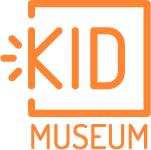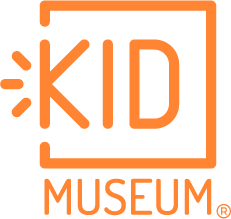Learn about a young Black scientist named Dasia Taylor and how she started revolutionizing medicine at the age of 17 with household materials.
maker playground
innovative inventors | 3rd grade+
explore
Dasia Taylor was 17 years old when she found a way to help people in low and middle income countries access life-improving medical care that was already readily available for people in higher income countries. As part of the Regeneron Science Talent Search, Dasia started researching, discovered a problem and experimented until she found a solution.
Dasia read about new innovations in sutures (also called stitches) that helped doctors treat infections before they became visible. This new innovation used threads coated with conductive material that could sense a change in the electrical resistance in a wound if it became infected. It would send a message to a smartphone or computer to let patients and doctors know that the wound needed attention.
Dasia recognized that many people around the world don’t have access to smartphones or computers, and so she set about inventing a more equitable and accessible method.he discovered that beet juice changes color at around the same pH level as the pH of an infected wound. She explored many types of thread to find one similar in structure and strength to existing sutures that could also hold the beet juice. With the help of her teachers, Dasia settled on a cotton thread, a material that’s easy to find, easily absorb the beet juice, and clearly show when the pH had changed.
Through research, perseverance and experimentation, Dasia was able to create a prototype that she is now expanding upon and will apply for a patent. Thanks to her work, many more people may have access to a low cost, life changing technology.
Hear more of Dasia’s story in her own words.

imagine
Dasia Taylor did a lot of research to find common and accessible materials to create a medical solution anyone could access, helping to provide a better chance for successful healing for the people most at risk. As a Maker, how can you use commonly found materials to create something that helps people who might not have access to expensive or high tech solutions?
Look around your home or the outside world in your neighborhood. What materials do you see all around you? What items in nature, like Dasia’s beets, might have another purpose outside their most obvious one?
Using materials commonly found in your home or in the natural world around you, create a prototype of an invention to help people in need.
create
Before you start, write down ideas for problems you might want to solve. Maybe you’ll try to create portable, durable housing. Or maybe you want to find a way to help get food to people in need.
When you’ve chosen an idea, make a list of materials you would need to solve that problem, then look for simple alternatives you might have around you.
When you’ve created your project, email a photo, video, or file to socialmedia@kid-museum.org. Include the first name and age of the maker along with a description of your project, and your project could be featured on our website and social media!
If you need inspiration for a material to use, just look for a box! There are endless ways to use cardboard to build and construct.

